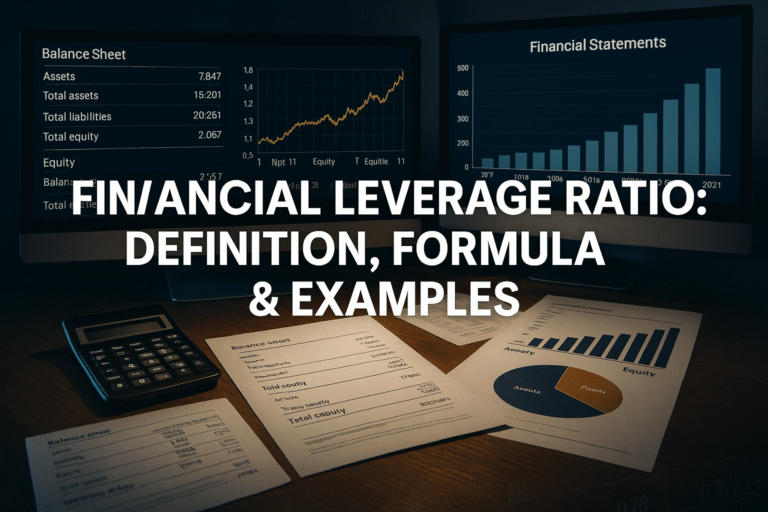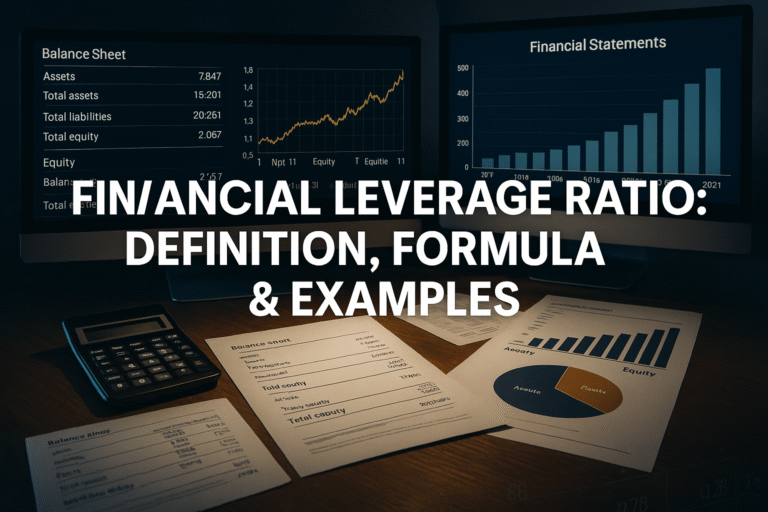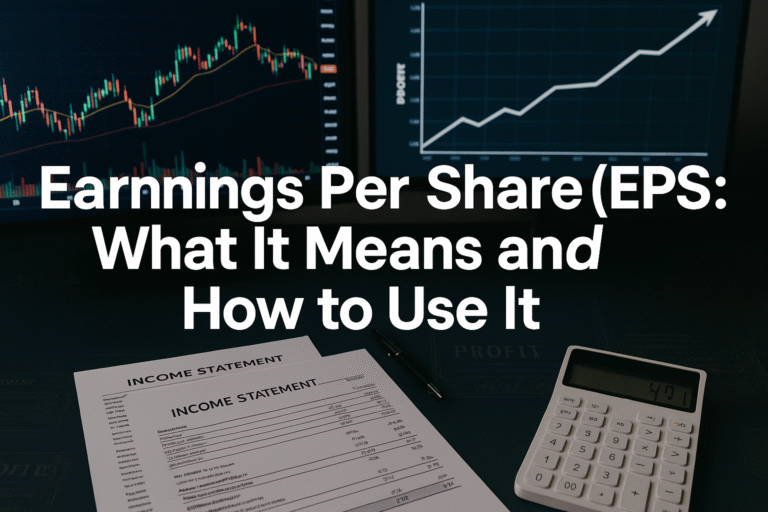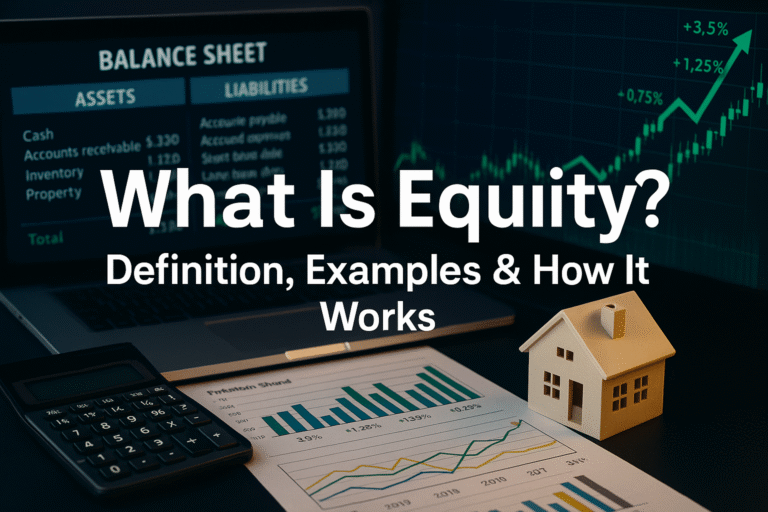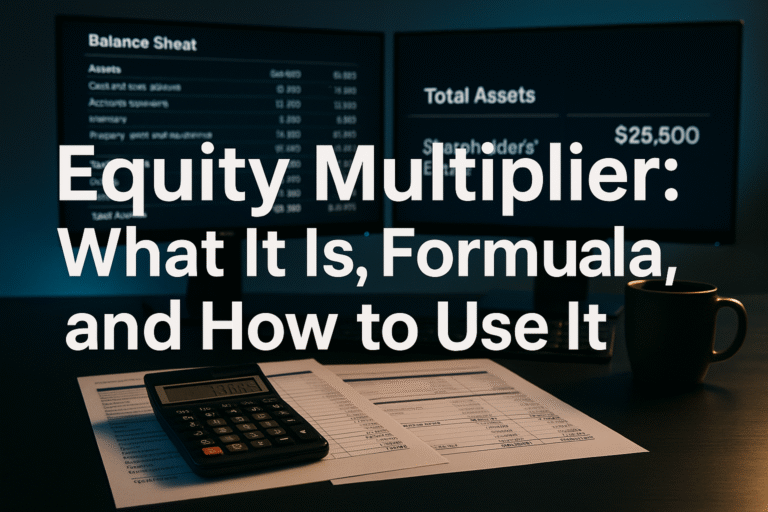What market volatility is one of the most important — and misunderstood — parts of investing. If you’ve ever seen your portfolio go up one week and down the next, you’ve experienced it firsthand. But what exactly is volatility, and should you be afraid of it?
In this guide, I’ll break down what volatility means, what causes it, and how you can handle it like a pro — even if you’re just getting started.
What Is Market Volatility?
- Volatility = How much prices go up and down in a short period
- Caused by news, earnings, global events, and investor emotion
- Not always bad — it can create buying opportunities
- Smart investors use Dollar Cost Averaging and diversification
- The key is to stay calm and invest for the long term
What Is Market Volatility and Why Does It Happen?
Market volatility refers to how much and how quickly the price of investments — like stocks or ETFs — moves up or down over a certain period. The more dramatic the swings, the more volatile the market is.
For example: If a stock jumps from $50 to $60 one day and then falls to $45 the next, that’s high volatility. Volatility isn’t always a bad sign — it’s a natural part of how markets function.
What Causes Volatility?
Several factors can cause markets to move unpredictably:
- Economic news (interest rate changes, inflation reports)
- Company earnings (good or bad quarterly results)
- Geopolitical events (wars, elections, pandemics)
- Investor sentiment (fear and greed)
These shifts can create rapid buying or selling, which leads to short-term price swings.
Is Volatility Good or Bad?
It depends on how you look at it:
| Volatility Is Bad When… | Volatility Is Good When… |
| You panic and sell | You stay consistent and buy more when prices dip |
| You try to time the market | You follow a strategy like Dollar Cost Averaging |
| You’re only thinking short term | You focus on long-term growth |
Bottom line: Volatility isn’t your enemy — it’s part of how markets work.
How to Handle Market Volatility
If you’re building wealth for the long term, here are smart ways to deal with volatility:
- Stay Invested
Don’t jump in and out of the market. Missing the best days can seriously hurt your returns. - Use Dollar Cost Averaging
Invest a fixed amount regularly — like $50 or $100/month — regardless of price swings. This reduces the emotional stress of investing.
👉 Read: Dollar Cost Averaging: A Smart Way to Start Investing Without Timing the Market - Diversify Your Portfolio
Don’t put all your money in one stock. Spread your investments across ETFs like VOO, SCHD, or VT to lower risk. - Stick to Your Plan
Have an investing strategy and avoid reacting emotionally to every dip or headline.
My Experience with Volatility as a Beginner Investor
When I first started investing, I’d check my portfolio every day. If I saw red numbers, I’d panic — thinking I had made a mistake.
But once I understood that volatility is normal, not a sign of failure, I learned to stay calm, keep investing, and let time do the heavy lifting.
No. Volatility can create opportunities to buy quality investments at a discount.
No. Often, continuing to invest through downturns leads to better long-term results.
Diversify your investments, use dollar cost averaging, and invest with a long-term mindset.
Final Thoughts: Use Volatility to Your Advantage
Volatility is a natural part of investing — not something to fear. With the right mindset and strategy, you can turn market ups and downs into opportunities for growth.
Stay focused. Keep learning. And remember: Wealth is built over time — not overnight.


